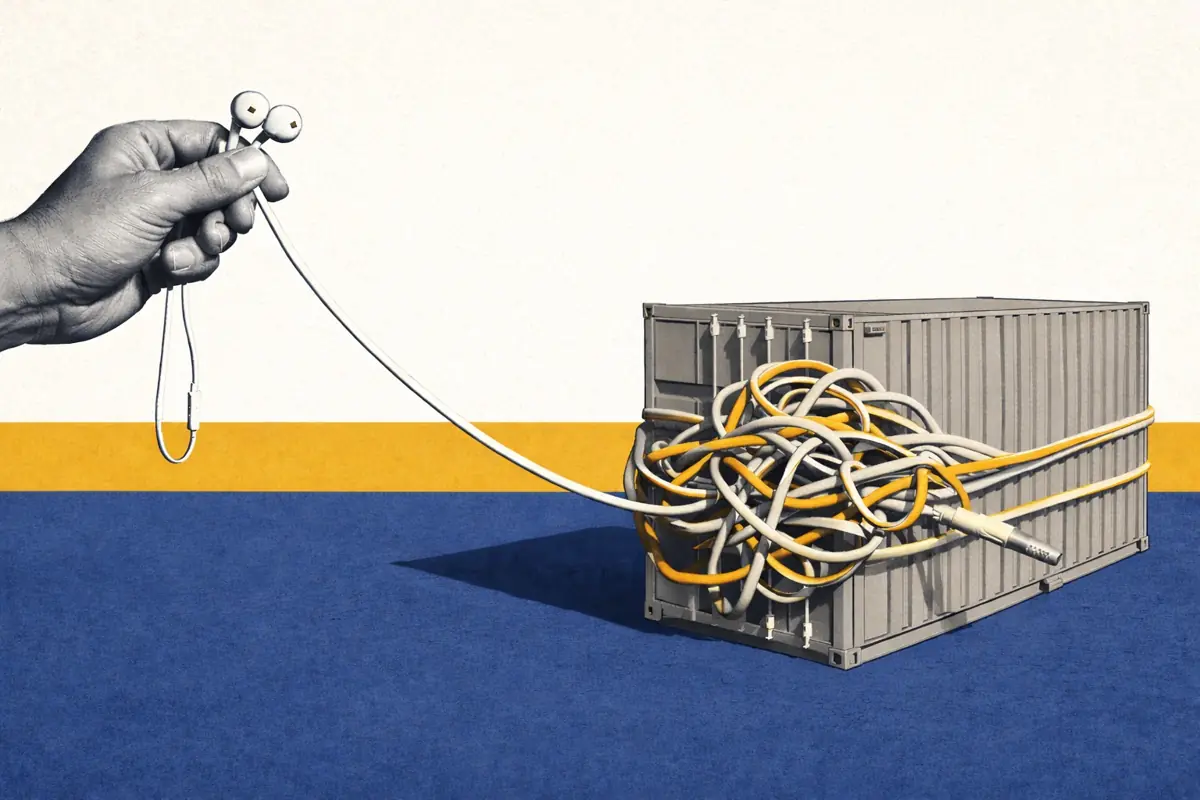Co-location: the impact on battery energy storage revenues
In our latest piece on the co-location of battery energy storage, we explore how the constraints imposed on the site impact the revenues of co-located batteries. As a result, optimization strategies for co-located batteries will be different than those for stand-alone systems.
If you’ve missed it, you can find the previous article on co-location here. This piece introduces AC and DC coupling, and how co-location can cause constraints on the operation of battery energy storage.
Spoiler Alert
- Co-locating battery energy storage behind the same grid connection as solar will constrain the ability of both assets to export at the same time.
- Wholesale trading revenues have little impact from co-location with a solar farm. This is because the peak hours for selling electricity often fall when solar is not generating.
- The ability to deliver frequency response services is significantly impacted by co-location alongside solar.
- The impact on revenues is lessened where the size of battery is reduced in comparison to solar and connection.
Constraints? What constraints?
Co-locating battery energy storage behind the same grid connection as generation can constrain how the battery is used. This is because the shared export connection limits the ability for both assets to export at full capacity. It is most common for the battery asset to flex its operation around the output of the generation and absorb the full impact of this constraint.
We will use the example presented in the previous piece to illustrate how these constraints impact the battery. This site is AC-coupled, with a 50MW export connection, 50MW battery, and 50MWp solar farm (oversized 70MWp on DC side).
Figure 1 illustrates how, as the output of the solar farm rises to 50MW at midday, the headroom available to the battery to discharge falls to zero.

The average annual load factor of the solar farm in the example profile is 14%. This then leaves the battery with 86% of the full export capability of the site across the year.
However, battery energy storage does not produce its value evenly across the year and day. So, how does this reduced export availability impact the revenues available to the battery asset?
Co-location impact on wholesale trading
The solar farm reduces the export capability of the battery by 14% on average. However when trading, the most important time to consider is when prices are highest. It is common to sell power from the battery only once or twice a day.
Figure 2 below shows the solar generation profile for example summer and winter days. The highest price periods in both the morning and evening are highlighted.

- The solar farm only generates close to full power during the middle of the day.
- The solar farm has a much wider generation profile in summer than in winter.
- Peak hours change throughout the year. In winter the morning peak is later and the evening peak earlier than in summer.
- The output of the solar farm falls close to zero during the evening peak. The battery has 95% availability across the year to discharge during this window.
- The solar farm generates more during the morning peak. The battery has 80% availability across the year to discharge during this window.
Trading revenues see little impact from co-location
A battery pursuing a 1-cycle trading strategy (charging up and discharging once a day) will see 95% availability for discharging at peak hours. However, the impact on revenues is lessened for two reasons:
Firstly, the battery can sell unused energy at a different time. For example, whilst the battery may only be able to discharge 80% of its energy into the most valuable 5 pm window, it can discharge the remaining 20% at 6 pm, which still captures a high price.
Secondly, wholesale prices are not evenly distributed across the year. In fact, the highest value opportunities are weighted significantly towards the winter months, where solar output is likely to be low or zero.
Figure 3 shows how these factors combine to reduce the impact on trading revenues to as little as 3%.

- A battery following a 1 cycle trading strategy should achieve 97% of the revenues available to a standalone system.
- For a 2-cycle strategy, this falls to 93% due to lower availability in the morning.
Co-location impact on Frequency Response
For the other major revenue stream available to battery energy storage, the story is less positive. The contract lengths for legacy FFR and the new dynamic suite of response services create some barriers for co-located sites .
These frequency services are bid into for EFA block windows (if you are new to EFA blocks, see our Energy Academy video here). In order to deliver the service the battery will have to adjust for the maximum generation expected from the solar farm over the entire EFA block. For FFR these bids are fixed per month, removing the ability to make adjustments daily based on expected solar output.
Figure 4 shows how bidding for Dynamic Containment Low would have to be adjusted for each EFA block from the solar farm's output.

- Across the year availability to contract for Dynamic Containment Low falls to 78%.
- Availability is significantly worse in daytime blocks, especially EFA blocks 3, 4, and 5. Availability is just 60% across these blocks across the year.
- In 2022 the highest prices for Dynamic Containment Low were observed across these 3 blocks, alongside block 6.
Frequency response revenues are heavily impacted by co-location
Alongside the impact of EFA-block contracting, a better assessment of the impact of the constraint on revenues can be seen by weighting availability by when Dynamic Containment Low prices are highest. Figure 5 shows how the factors discussed combine to reduce Dynamic Containment Low revenues by up to 25% for a co-located system.

- A co-located battery asset may only be able to achieve 75% of the value of an unconstrained asset in Dynamic Containment Low.
- In FFR this falls to 54%, as the monthly contracts all but eliminate the ability to participate during daytime hours.
Things may improve in the future as the markets for these new dynamic frequency services are updated. This could eventually be updated to have intraday markets and cover each half-hour period. This would allow a co-located battery operator to be much more flexible with how it contracts these services and minimize the impact on revenues.
Solar versus storage: A certain ratio
The sections above cover the scenario of a co-located battery energy storage system equally sized to the solar and export connection. The changing of the ratios of these three elements will change how the system is constrained.
Figure 6 shows how changing the size of the battery relative to the solar power capacity (assuming solar and export capacity remain the same) would change the impact on battery revenues from these constraints.

- At a battery half the size of solar and export connection, the constraint impacts across all revenue streams are minimized.
- A battery energy system pursuing a one-cycle trading strategy sees the revenue impacts from constraints disappear at a size 75% of the solar farm.
This does not necessarily mean reducing the size of the battery asset is the best course of action, as the larger battery would still generate more absolute revenue. The decision will ultimately need to look at the entire business case for the storage asset, including how economies of scale impact system costs.
Key takeaways
- Co-location of solar and storage behind the same export connection introduces a constraint on the ability of both assets to export at the same time.
- Battery storage is the more flexible asset and is most likely to absorb the full impact of these constraints.
- Wholesesale trading revenues are only minimally impacted by this as the most valuable times to sell energy occur outside peak solar hours.
- A co-located battery performing a 1-cycle trading strategy could see a reduction in revenues of just 3%. This increases to 7% for a 2-cycle trading strategy.
- Frequency response revenues are much more heavily impacted. This is because of the contracting lengths of these services.
- A co-located battery performing Dynamic Containment Low would see revenues fall 25% from a stand-alone asset.
- Reducing the power rating of battery storage in relation to solar and export connection reduces these impacts. A co-located battery half the size of solar would see minimal impacts on revenues.







